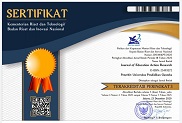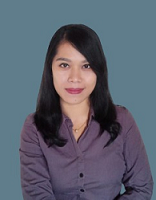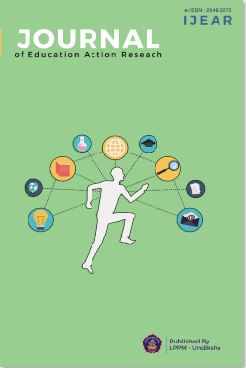Student Self-Assessment in Sociosystem Problems Supported by Technology ArcGIS Storymaps
Keywords:
ArcGIS StoryMaps, Spatial Problem Based Learning, Geography Skills, Self Assessment, SociosystemAbstract
The low ability of students to operate geospatial technology on residential environmental phenomena is a problem that needs to be solved. Arcgis story maps using population data content analysis and environmental problems can be used to determine students' geographic knowledge and spatial understanding patterns. This study aims to improve geographic skills and educate high school students to think spatially through spatial problem-based learning collaborated with ArcGIS Storymaps. This study is a quasi-experimental study using a post-test-only control design. The population of this study were grade XI students who took the Geography elective course. The sampling technique used stratified cluster random sampling, which was carried out by selecting two classes randomly, totaling 72 students. The methods used in data collection were tests and self-assessment questionnaires. The research hypothesis test used the Independent Sample T-test. The results of the study showed that the spatial problem-based learning model, combined with ArcGIS story maps, significantly improved geographic skills and spatial thinking habits. This study implies that incorporating technology-based self-assessment tools into the curriculum can improve student learning and engagement, ultimately improving academic outcomes and preparing them to face future challenges.
Published
How to Cite
Issue
Section
License
Copyright (c) 2025 WISANG ELANG

This work is licensed under a Creative Commons Attribution-ShareAlike 4.0 International License.











